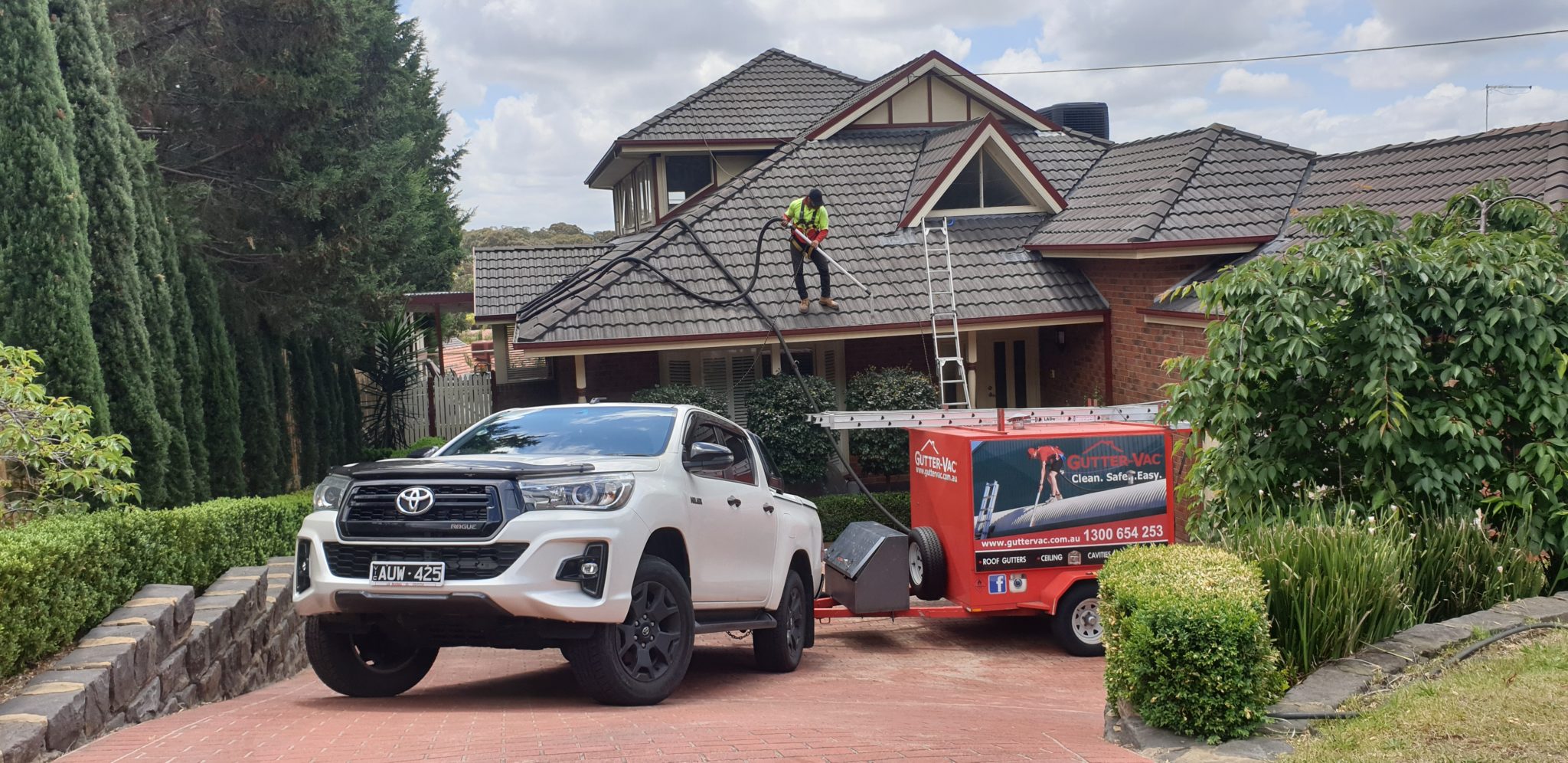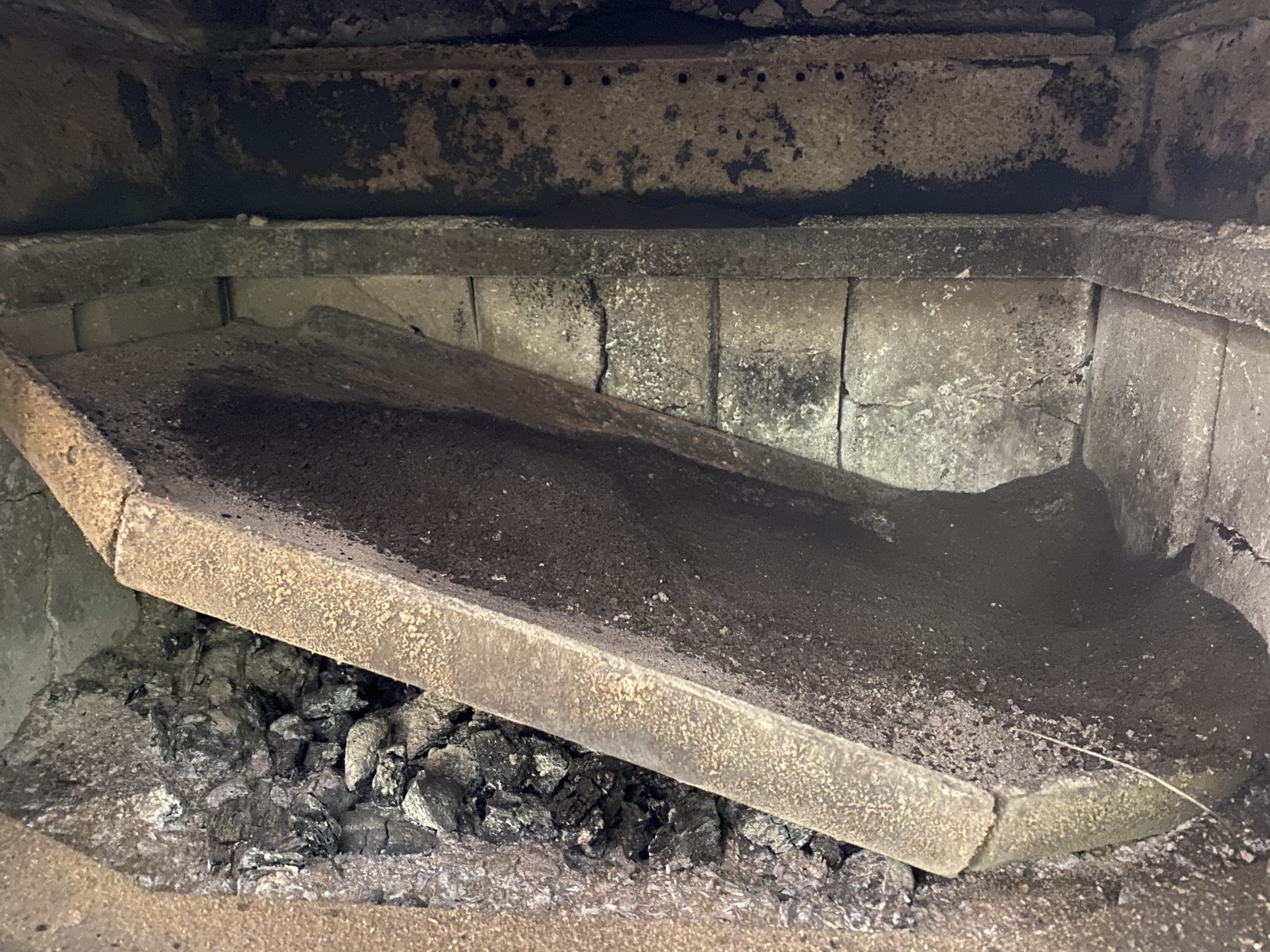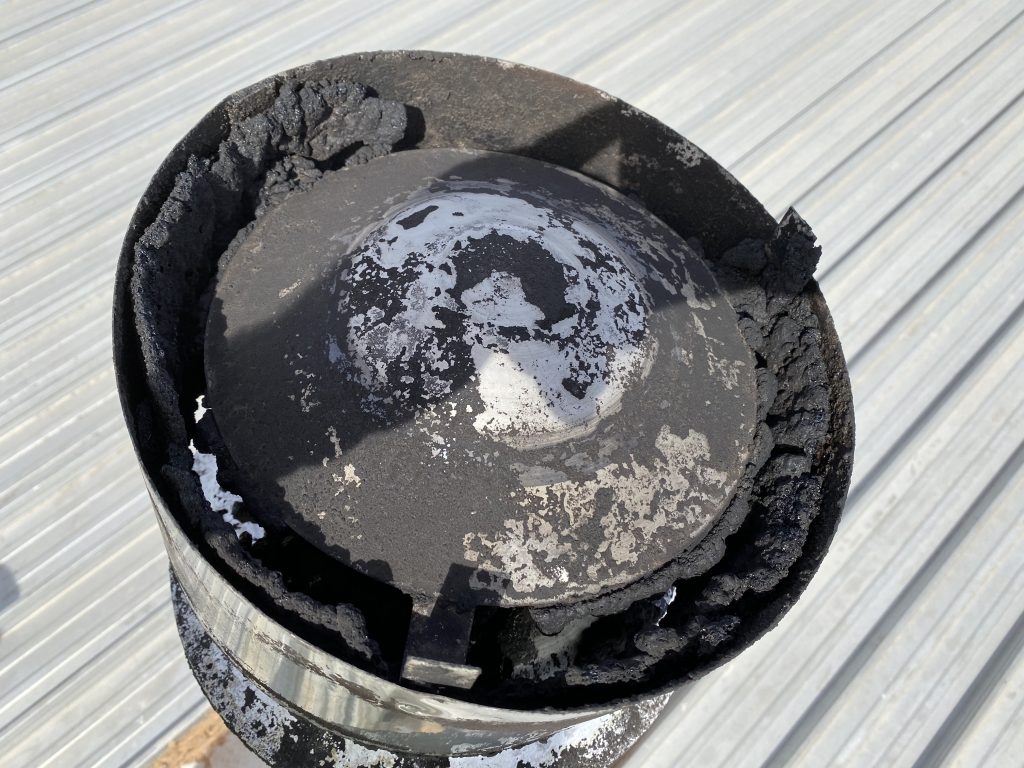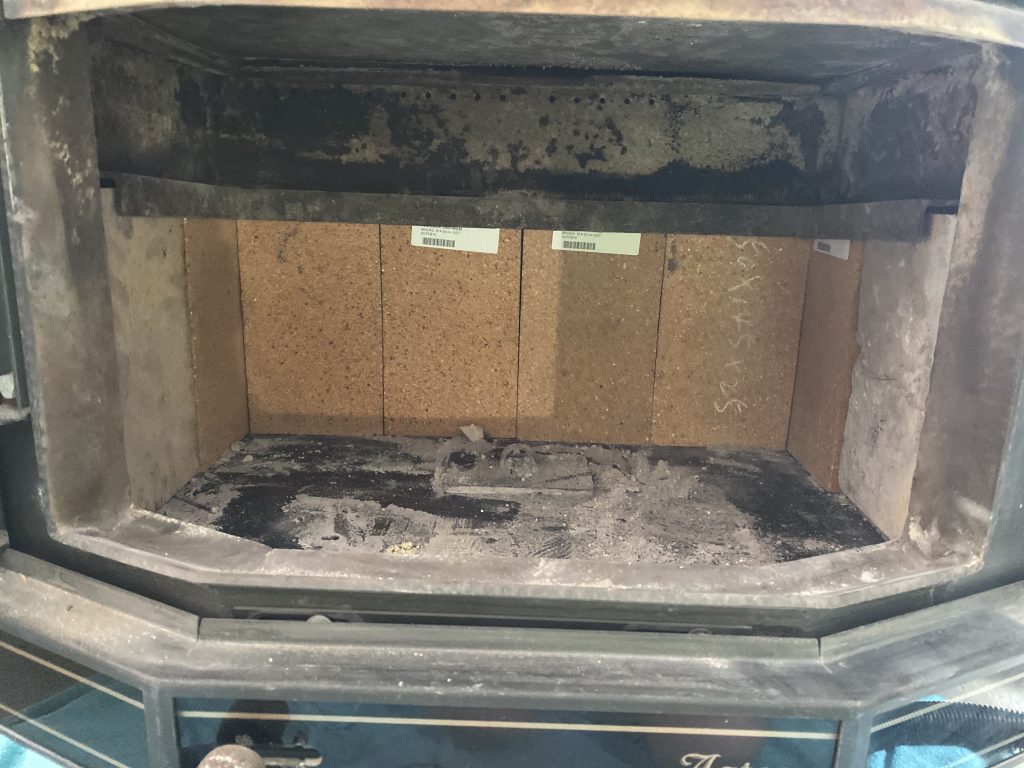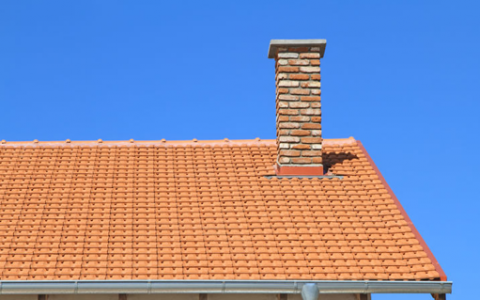As the seasons change and we come into winter, every year we see potentially dangerous situations that can be solved with some simple and regular maintenance or servicing.
Some of the items are not only dangerous for your home, but also for your family.
What are our top 6 overlooked maintenance tasks?
.

Chimney / Flues
Probably the biggest overlooked piece of maintenance that can not only be dangerous, but catastrophic for your home and family.
During the year, you will find that you will have a build-up of soot in your chimney or flue that basically sits on the surface inside. You can’t see it, but it is there.
This soot dries out and becomes highly flammable. Imagine a fire starting inside of your chimney or flue. This can potentially spread to your entire home and no one would want that potential fire damage.
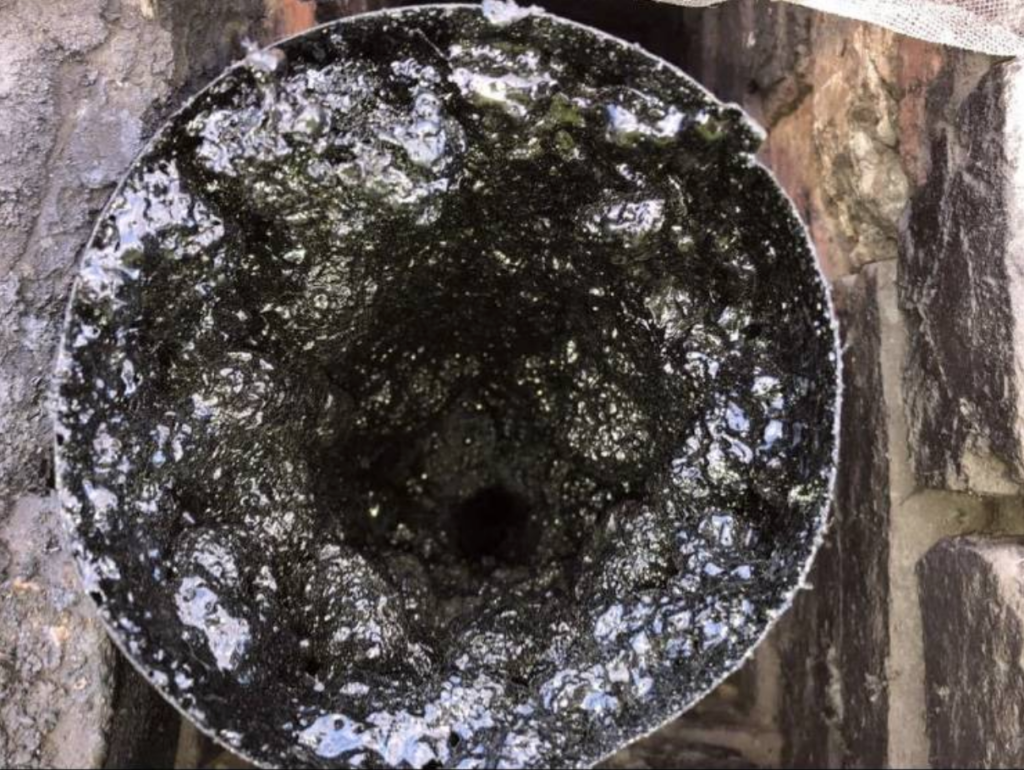
We have even seen where the soot on the inside surface of a chimney has built-up to a point where the chimney could not do its intended purpose of removing the smoke up and out of the fire. You don’t need or want that.
At least once a year you should have on your maintenance list to have your chimney or flue cleaned and even more so for homes in the southern states of Australia where winter means sitting in front of a roaring fire with a hot cuppa. Let’s make sure that this is an enjoyable way to spend an evening, not a potentially dangerous one!
REMEMBER: If you don’t have a fire or a wood burning heater, it is important to still have your reverse cycle split system or your heater serviced to ensure they are running effectively, efficiently and most importantly SAFELY.
.
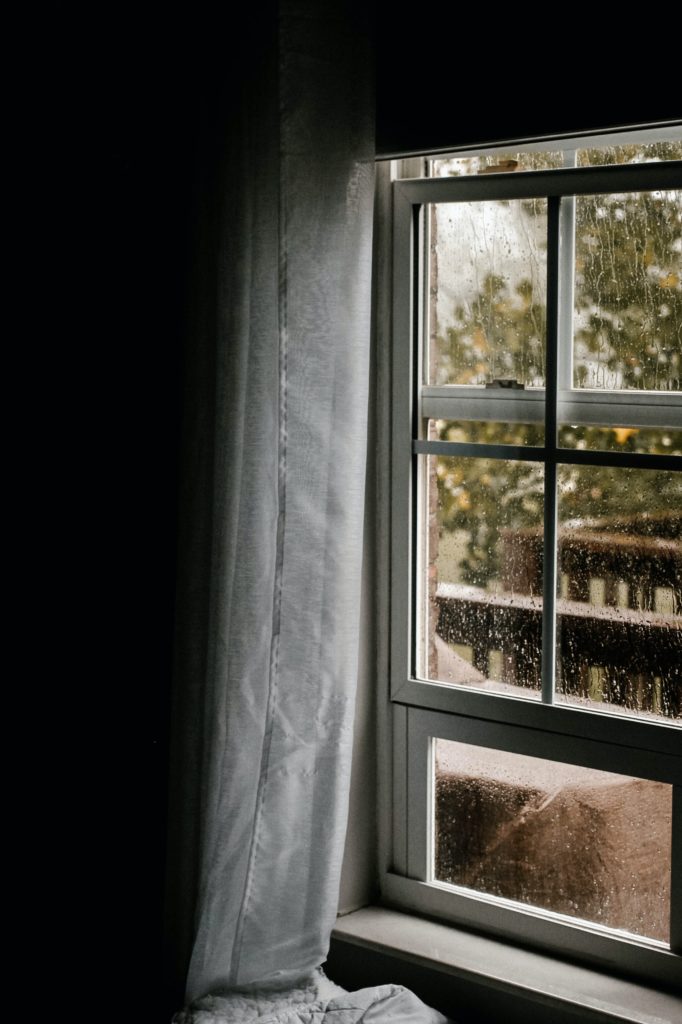
Windows and Doors
The start of winter is a great time to check the seals of your windows and doors. It may not be life threatening or even hugely dangerous to your home, but it is something not to be overlooked.
All that cool winter air seeping in these tiny cracks will increase your energy bills for sure and can also cause things to be unpleasant in your home.
This is a task that can be carried out by yourself or not a hard job for the local handyman to come by and do a check.
.
Dirt and Dust in your Ceiling Cavity

If anyone in your home suffers from asthma or a respiratory condition then this is one to consider as a regular maintenance item on your home for sure.
In your ceiling cavity, lots of dust and dirt collects. Even with insulation, that dirt and dust will find its way to sit just above the plaster of your ceiling. Because this dust and dirt is more microscopic in size, it can fall through your plaster and into your home.
Now anyone with asthma will tell you that environments with dust is a nightmare for them, so imagine if this is your home?

A simple process is to access the ceiling cavity and vacuum clean the dirt and dust. This is a really good idea when you are also changing your insulation (which is another great energy saving tip for winter) so that the ceiling cavity is clean before new insulation is installed.
This is not a job that should be done by just anyone. Working in a ceiling cavity can be a dangerous place with a small space and electrical cables.
Remember too, that there are lots of pests that like to live in your nice warm and cosy ceiling cavity over winter so in amongst that dirt and dust are droppings from pests. Not really a lovely thought, but the truth so having a regular ceiling cavity clean is good for everyone’s health in your home, but in particular if you have asthma sufferers.
.
Storm Water Pits and Drains
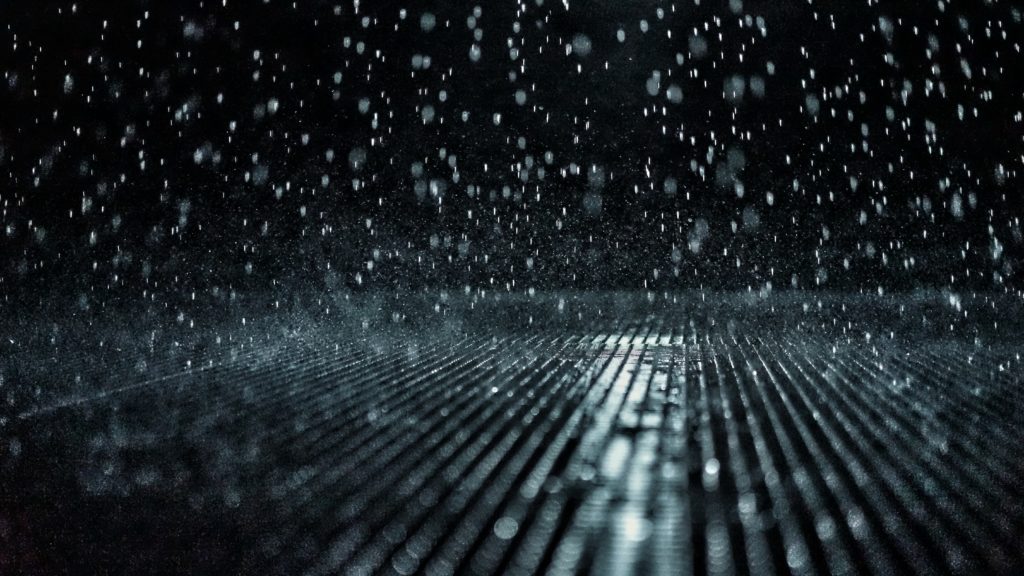
Storm water pits are the often overlooked part of the water capture and removal of water away from your home system. Just like gutters, storm water pits or sumps can get a build-up of debris over time.
If they become blocked, then when that storm hits and the storm water system is supposed to take water away from your home, it doesn’t and this can potentially lead to a mass of water entering your home from the ground level.
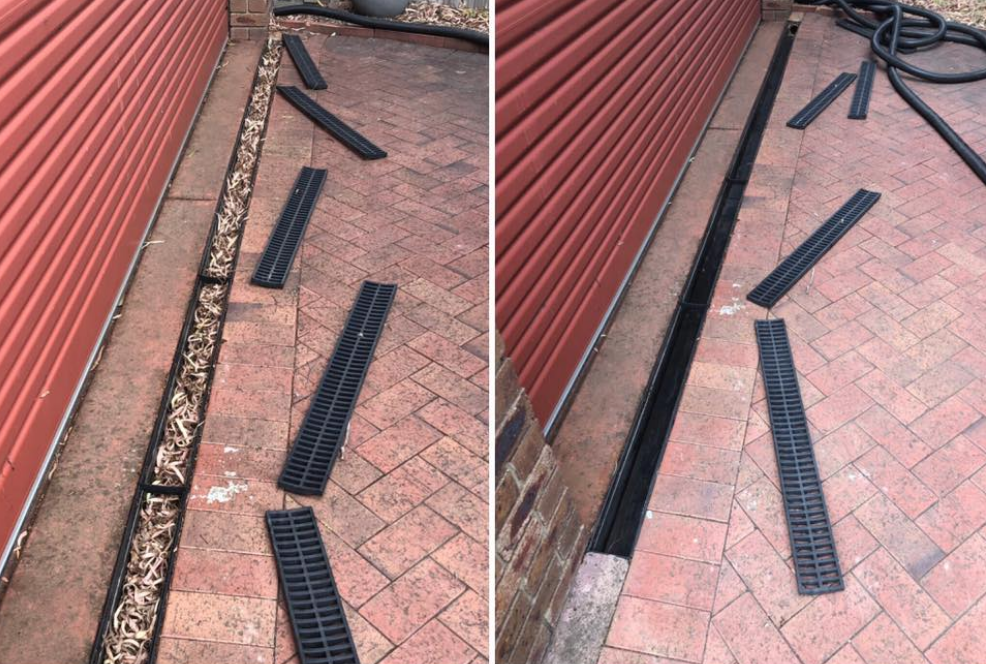
Look around your home. Do you have grates in your driveway or around the perimeter of your home? Just like gutters on your roof, this ground level water removal system needs regular cleaning to prevent blockages and overflowing water.
Winter brings with it storms and heavy rain. Water damage to your home can be disastrous and expensive to fix.
.
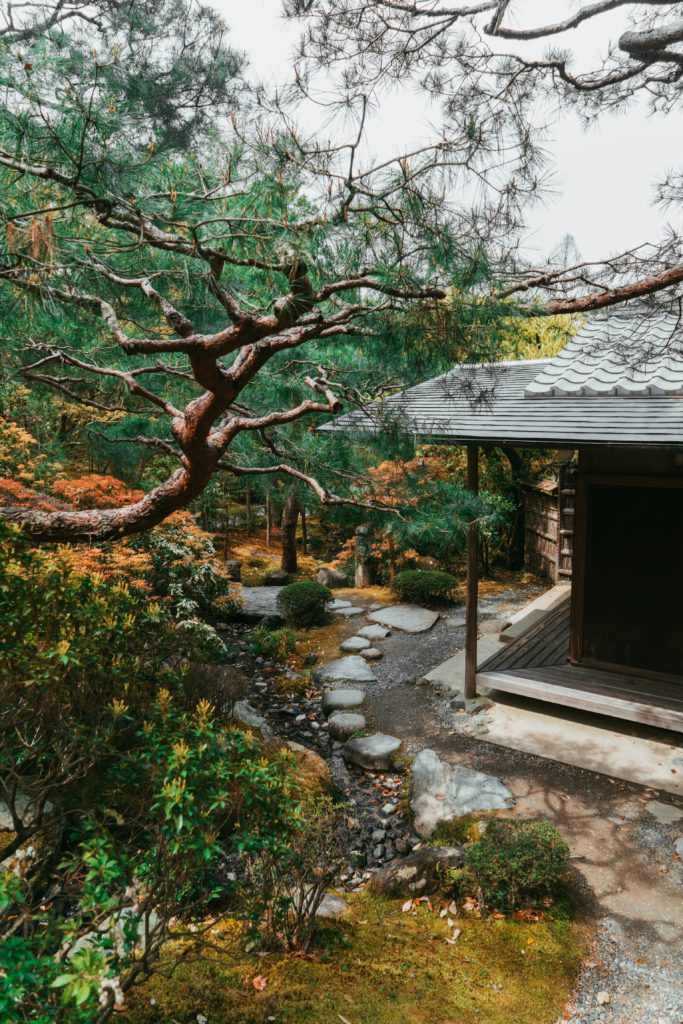
Trim Tree Limbs and Clear Debris
Your start of winter maintenance checklist isn’t complete unless it includes trimming any trees around your home. Look out especially for any dead limbs or branches.
We know the storms are going to come so make sure your home is protected from items that could fall or ‘blow into’ your home.
If you have large tree limbs or perhaps even an entire tree, never attempt to do this yourself. Hire a professional cut down any major trees or branches.
.
Blocked Gutters
This list could not be complete without a discussion on gutters, right? After all, we are the gutter cleaning specialists!
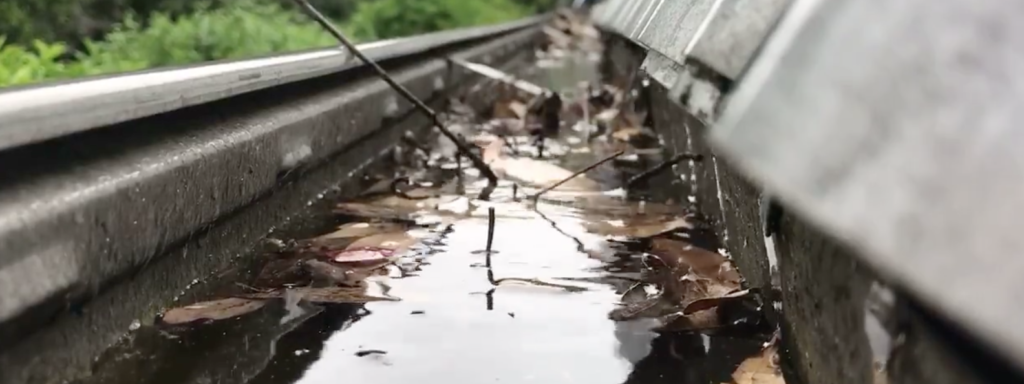
If you are reading this, then you know the importance of getting your gutters professionally and safely, vacuum cleaned at least once a year (more frequent if you get a lot of debris).
When debris and leafy matter breaks down, it forms this mud like sludge that sits in the bottom of your gutters and that over time is what builds up and blocks the gutters. It is what holds leafy matter together to form a blockage.
The other problem that is often not discussed is that this sludge is the cause of your gutters rusting. It also helps water to sit in your gutters, not flowing down and out through your downpipes so it can prove to be costly.

During the winter months, especially after heavy storms, keep an eye out for small sections of overflowing gutters. During storms, you can have an incredible amount of debris get caught in your gutters, even if they were recently cleaned. We all know that the debris that causes a blockage in your gutters can mean that water can flow over the back side of the gutter and back into your ceiling cavity, down walls and into your home.
Don’t attempt to remove just a small section of blockage yourself. Not to scare you, but last year we had a regular customer who decided to climb up the ladder to remove some branches and muck caught in his gutter after a storm in just a small section and he fell from the ladder which caused some pretty serious damage and resulted in the customer having to have several weeks off work. We care about you and your family, so please give us a call if you suspect you have a small section blocked after a storm.
So if you haven’t done your winter maintenance yet, now is the time to get it started. Make a list, check the items and remember to hire a professional rather than DIY.
.



